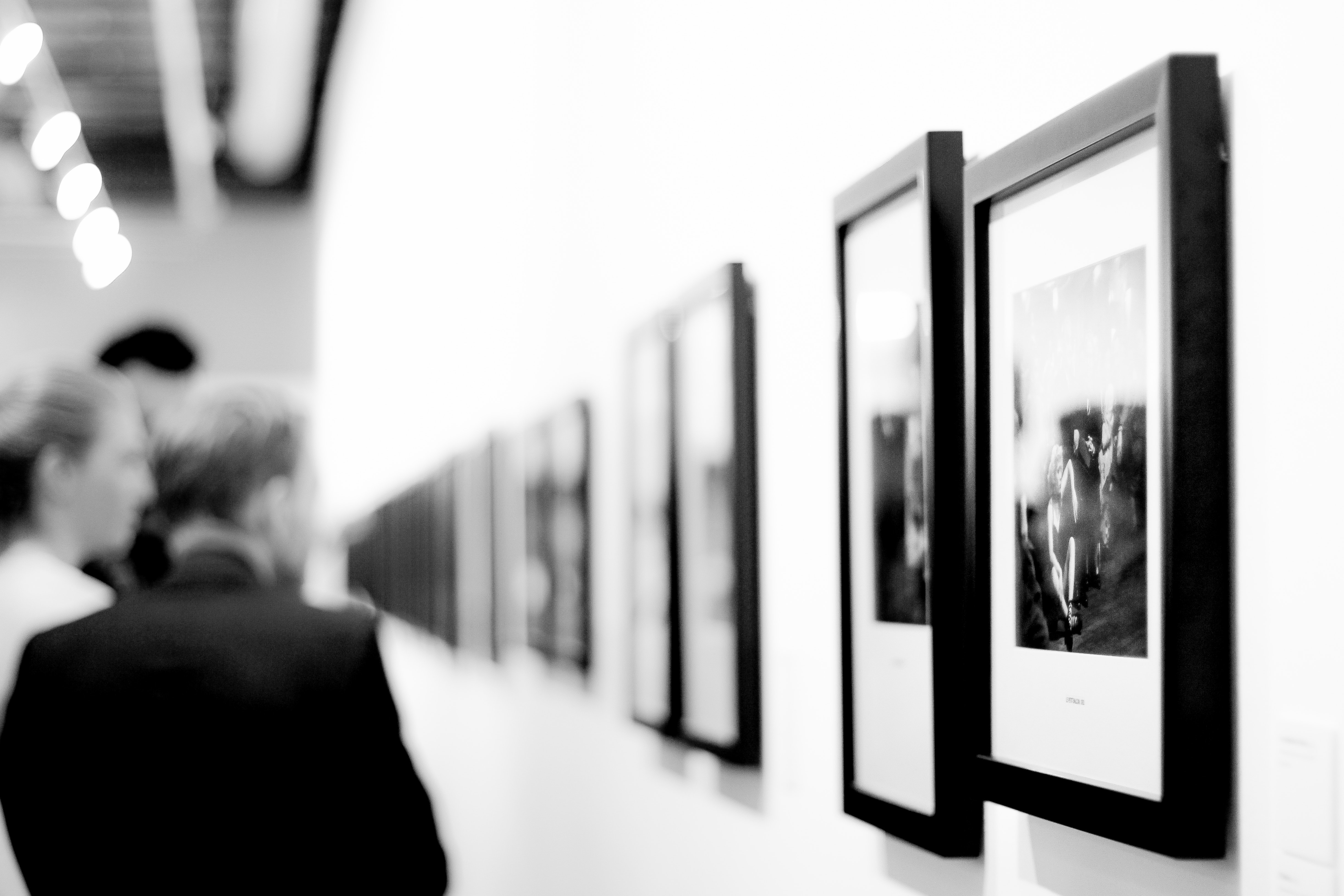About
Nowadays, aesthetic and educational accessibility to a variety of artistic events and works, both in museums and other cultural contexts, are pressing issues that need to be investigated.
The role of cultural facilities and agents, committed to their functions of "aesthetic education" of the public, has been the subject of discussion in the panorama of "official" cultural policies. Traditionally, the responsibility for enunciating aesthetic and cultural values, in terms of theoretical/practical explanation, was attributed to museums and individuals recognised by the Academies. Nowadays, cultural institutions are associated with recognised "authorities" - both theoreticians and creators, and doubts often linger. Studies on aesthetic education need to be analysed and critically reflected upon, subsumed under notions of "taste". Contrary to popular belief, the relevant ideas and arguments regarding the education of audiences for the arts date back to the 18th century, when philosophers in England such as John Locke and David Hume began to reflect on the Standard of Taste. In Germany, Kant sought a philosophical resolution to the Antinomy of Taste. After Schiller's approach in his Letters on Aesthetic Education, and right up to the present day, the relevance of a more in-depth study based on the diversity of aesthetics and critical thinking about the arts remains, and is even reinvigorated.
It is essential to configure the "common denominators" that make it possible to understand the arts (hermeneutically and epistemologically). It is important to promote analysis, deciphering and interpretation in order to achieve "recognition" through availability via the "i-recognition" that often dominates audiences for (so-called) contemporary or current art.
The constitutive heterogeneity of the "public" goes hand in hand with the diversity of works, media and productions that can no longer be subsumed into the dominant categorisations in conventional moulds. The classification and correspondence of the arts has been succeeded by their interpenetrability (remember Étienne Souriau), which was particularly evident in the final decades of the 20th century and up to the present day.
On the other hand, being art and life, requirements of culture and education, it is necessary to play the role advocated by Ernesto de Sousa: “aesthetic operator” through actions/interventions validated by disciplinary, cultural, artistic and educational guidelines.
Based on the constitutive principles, the project aims to explore 4 different axes:
- TOWARDS AN EDUCATIONAL AESTHETICS: Accessibility(ies)
- OF (I) RECOGNITION IN CONTEMPORARY ART
- AUDIENCE TRAINING for CONTEMPORARY ART
- FORMATION OF TASTE THROUGH PUBLIC ART
Missão estética Senhora da Pena | Gerês - Residência de pensamento e criação
In the context of the above-mentioned Research Project, the line of Microprojects is resumed, in the format of a short-term residency, with the participation of researchers from CAE/INED, the Dipartimento di Lingue e Culture Moderne /Università degli Studi di Genova, INET -MD / University of Aveiro, artists and guests. Artistic residency projects are therefore activated, in the context of multidisciplinary research and creation, with the following participants: a writer (Roberto Francavilla), a photographer (Fillipo Romano), a composer (Francisco Monteiro), who is associated with a filmmaker and visual artist (Ana Pissarra) and a designer (Fátima Lambert). In the post-pandemic period, when reflecting on personal experiences resulting from confinement and breaks in face-to-face proximity - in corporate terms - the idea of developing an artistic residency in the place of Senhora da Peneda/Gerês came up. The suggestion came about from the motivation of the local parish priest, Father César Neves, and Ana Pissarra, who had visited/stayed in the village on the occasion of making a documentary about “profane religious manifestations” for RTP2. The place of Senhora da Peneda is located in Serra do Gerês, isolated and almost unpopulated, with the exception of the month of August, when people from local families return and stay, living outside Portugal, mainly in France. During this month, events are held in honor of Senhora da Peneda, which are of significant interest, characterized by different circumstances, compared to the usual ones in this type of celebrations. The convergence of different types of Heritage in this small town remains, however, unknown to the majority, even in the North of Portugal. It is very close to the border with Spain. With impetus from Pde. César Maciel, this residence is presented with the aim of knowing, analyzing, reflecting and publicizing the specificities that define the community and the people; the territory, nature and landscape; traditional practices; religious practices; collective and individual memories. During this first residency, the aim is to identify and obtain data on heritage and cultural typologies to be worked on in a training context with students of the degree in Cultural Heritage Management and the master's degree in Heritage, Art and Cultural Tourism. Thus, student researchers with an affinity for these sociologically and historically based anthropological, artistic and aesthetic determinants will be invited to participate – always aiming for a good and plural understanding of heritage.
Previous research and investigations are cross-referenced, in the specific disciplinary areas of the people involved in this microproject, although taking as common denominators (persistent and/or specific) problematizations based on: Theories of landscape, nature and territory; poetic walks and aesthetic drifts; aesthetics of personal and collective identity; heritage philosophies; literary studies; sound and musical studies; artistic studies. In the region there are no longer any artisans who work with clay or weaving. An attempt will be made to begin a survey of evidence; collect material and immaterial/real and imaginary testimonies; record what you see and what you hear. The availability of each research-creation protagonist is cherished, in a habitat-environment of “aesthetic retreat” that will also be autoscopic, providing a multisensory and thought experience. In the words of Ana Pissarra, reflecting on her first stay in the place: “In the surroundings you can see very beautiful garrons, cows and abandoned villages, green and poetic nature, magical paths, crosses, pilgrimages, musicians, fertility boulders, beehives and local alcoholic drinks, liqueurs and wines, regional foods, fresh air and silence, elderly and rural population, views and landscapes created by God to dazzle us.... but there are no artists”.
More information about Mission Senhora da Pena aesthetics | Gerês - Residence of thought and creation
Refª inED/2013/1



